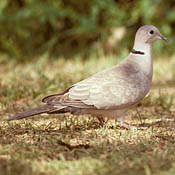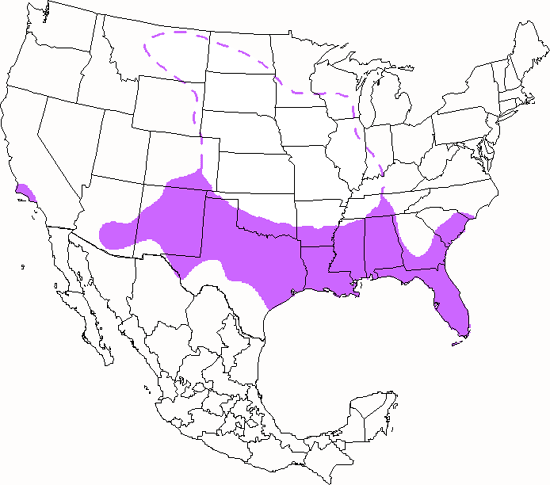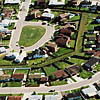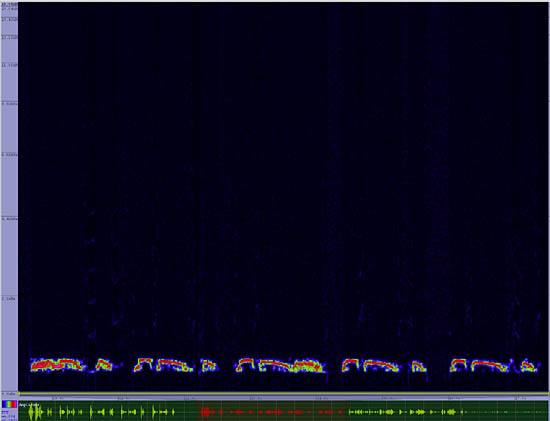Eurasian Collared-Dove
Streptopelia decaocto

Pigeon Like

Length: 13 in. (33 cm )
Introduced from Europe, this dove is expanding its range in North America rapidly. It is almost always associated with human habitation, farms, ranches and feed lots. It forms small flocks and is usually obvious in the open habitats it prefers. The poorly-constructed nest is made up of small twigs and placed in a bush or low tree.
The four-digit banding code is ECDO.
Bibliographic details:
- Article: Eurasian Collared-Dove
- Author(s): Dr. Biology
- Publisher: Arizona State University School of Life Sciences Ask A Biologist
- Site name: ASU - Ask A Biologist
- Date published:
- Date accessed:
- Link: https://askabiologist.asu.edu/activities/bird/eurasian-collared-dove
APA Style
Dr. Biology. (). Eurasian Collared-Dove. ASU - Ask A Biologist. Retrieved from https://askabiologist.asu.edu/activities/bird/eurasian-collared-dove
Chicago Manual of Style
Dr. Biology. "Eurasian Collared-Dove". ASU - Ask A Biologist. . https://askabiologist.asu.edu/activities/bird/eurasian-collared-dove
Dr. Biology. "Eurasian Collared-Dove". ASU - Ask A Biologist. . ASU - Ask A Biologist, Web. https://askabiologist.asu.edu/activities/bird/eurasian-collared-dove
MLA 2017 Style
Be Part of
Ask A Biologist
By volunteering, or simply sending us feedback on the site. Scientists, teachers, writers, illustrators, and translators are all important to the program. If you are interested in helping with the website we have a Volunteers page to get the process started.








